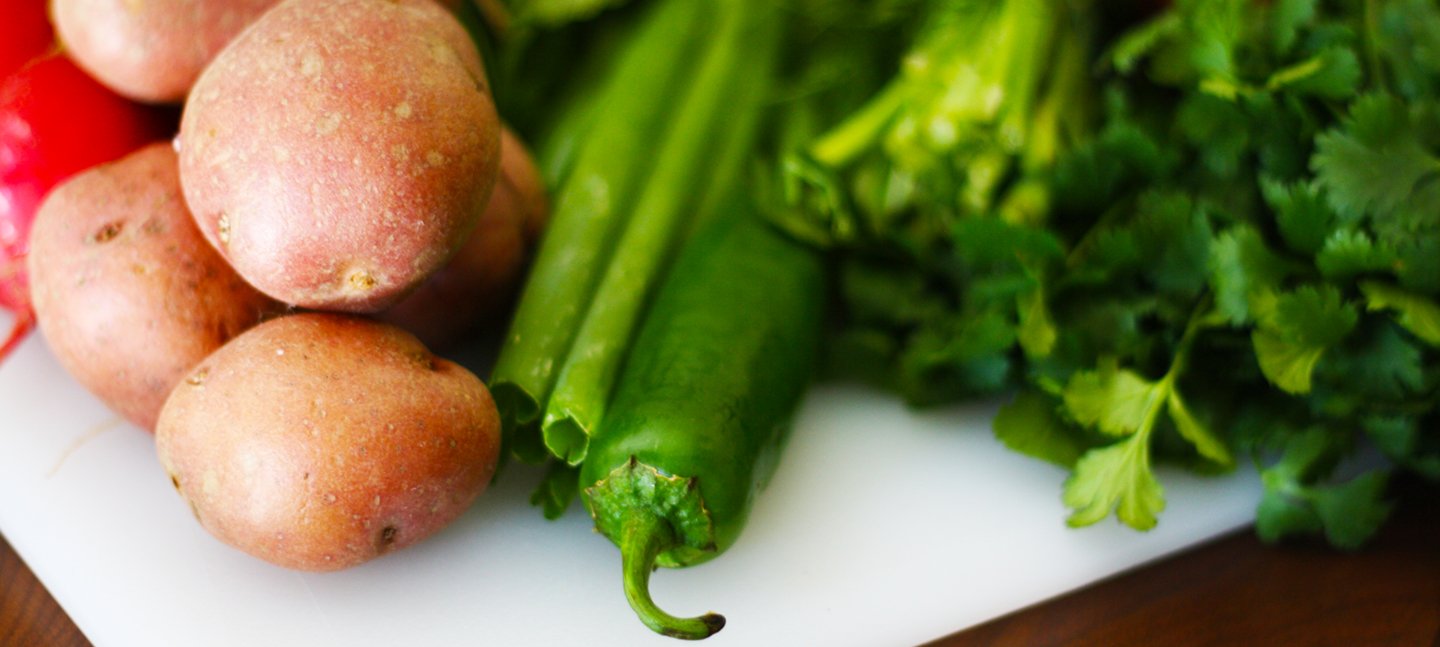
Episode 66: Potato Salad
Cocktail hour - what’s on our minds?
Capers!
Capers are the unripened flower buds of Capparis spinosa or Capparis inermis.
This plant is native to the Mediterranean.
It is closely related to the cabbage family, but the plant is more reminiscent of a rose bush.
They have been used for thousands of years with mention of them as an ingredient in the Gilgamesh, possibly the oldest written story known, which was found on ancient Sumarian clay tablets and which date back to c. 2700 B.C.
Today, capers are found growing wild all over the Mediterranean and are also cultivated in many countries including France, Spain, Italy, Morocco and Algeria.
The shrubby plant is many-branched, with alternate leaves, thick and shiny, round to ovate. The flowers are complete, sweetly fragrant, and showy, with four sepals and four white to pinkish-white petals, and many long violet-colored stamens, and a single stigma usually rising well above the stamens.
They can be grown from seed or cuttings and whilst the plants last 20 to 30 years, a full yield can only be expected in 3 to 4 years.
Harvesting capers is an arduous process because they can only be picked by hand. They’re too small and delicate to be plucked by machine, so they’re harvested individually. It’s what makes them so expensive. After being picked, they are dried in the sun, then pickled in vinegar, brine, wine, or salt.
Mustard oil (glucocapparin) is released from each caper bud.
There are only 23 calories in 100 grams (3.5 ounces) of capers.
Capers are one of the highest plant sources of flavonoid compounds rutin (or rutoside) and quercetin. The spicy buds contain healthy levels of vitamins such as vitamin-A, vitamin-K, niacin, and riboflavin. Furthermore, minerals like calcium, iron, and copper are present in sufficient amounts in them.
The health benefits of capers include help fight the risk of anemia, smooth circulation of blood, healthy blood vessels, strong bones and teeth, protection from allergies, healthy digestive system, reduce LDL-cholesterol levels in the obese individuals
Capers are categorized and sold by their size, defined as follows, with the smallest sizes being the most desirable: non-pareil (up to 7 mm), surfines (7–8 mm), capucines (8–9 mm), capotes (9–11 mm), fines (11–13 mm), and grusas (14+ mm). Larger capers are stronger in flavor and more acidic.
Caper leaves, which are hard to find outside of Greece or Cyprus, are used particularly in salads and fish dishes. They are pickled or boiled and preserved in jars with brine—like caper buds.
Capers are not the same as caperberries. While capers are the immature flower buds of the bush, caperberries are the fruit the bush produces once the buds have flowered and been fertilized.
Recipe Source
Mediterranean Potato Salad with Mustard and Capers | Elle Republic
Ingredients
For the salad:
800 g new potatoes, scrubbed clean (e.g. Sieglinde)
2 green onion, finely chopped
1 small red onion, finely chopped
5-6 radishes, thinly sliced and julienned
1 small bunch fresh basil leaves, chopped (4 tablespoons)
1 small bunch fresh dill, chopped (4 tablespoons)
1 tablespoon capers (in brine), drained
For the dressing:
5 tablespoons extra virgin olive oil
Finely grated zest from 1 organic lemon
2 tablespoons freshly squeezed lemon juice
1 garlic clove, minced
1 tablespoon grainy Dijon Mustard
1 tablespoon smooth Dijon mustard
Sea salt and freshly ground pepper, to taste
Method
Place the potatoes in a large pot of cold, salted water. Bring to a boil and simmer until fork tender (15-20 minutes, depending on size). Drain, then peel the potatoes while they are still hot.
Meanwhile, in a small bowl, add the dressing ingredients, whisk to combine and set aside.
Slice the warm potatoes into a large serving bowl. Pour over the dressing and toss gently to combine. Set aside for 5 minutes to allow them to absorb some of the dressing.
Add the onion, radishes, herbs and capers to the bowl with the potatoes. Toss well and let this salad sit for at least 10 minutes before serving in order for the flavours to meld.
